St John's Wood Barracks 1901-1939
‘O Patient eyes, courageous hearts!’ (from Into Battle by Julian Grenfell)
State ceremonial
At the beginning of the twentieth century, the saluting battery at the St John’s Wood became firmly established at the forefront of State ceremonial. St. John’s Wood was still a very rural area at the turn of the 19th century, despite the rash of house building that had taken place during the previous thirty years. Although the farm and the animals had long gone it still had a very bucolic air about it. The barracks were by now an established feature with the main entrance being located, on what had become, Ordnance Road. Unfortunately, the barracks was vacant at the time of Queen Victoria’s funeral in 1901 and so the duties of firing the minute guns and conveying the Queen during the funeral process fell to units outside of the capital. From 1902 until the autumn of 1914 however, there was once again a saluting battery at the barracks taking a full part in all the great ceremonies of State. All that came to an abrupt end on the outbreak of the First World War on 4th August 1914.
First World War
On the outbreak of the First World War in August 1914, the battery at the ‘Wood’ was mobilised, and by Christmas was in action on the Western Front. The barracks lay empty for only a few months when in November 1914 it was occupied by a reformed L Battery RHA which had been all but destroyed in the desperate action with 1st Cavalry Brigade at Néry, on 1st September. Three members of the battery were awarded the Victoria Cross for their heroism during the battle. Once reformed and trained the battery departed for service in Gallipoli, in March 1915. From the summer of that year until the end of the war, the barracks was the home to a training brigade which also requisitioned part of Lord’s Cricket Ground for equestrian training.
Peace and more ceremonial duties
When peace returned in 1919, so did the saluting battery and a few of the many horses that had marched off to war five years earlier. All these horses were retired to Windsor Great Park after taking part in the ceremony of dedication for the Unknown Soldier in 1920.
Between 1919 and the outbreak of World War two in 1939, successive Royal Horse Artillery (RHA) batteries were stationed at the ‘Wood’ and they were involved in all the great ceremonies of State during the period, including providing the gun carriage for the interment of the Unknown Warrior at Westminster Abbey in 1920, as well as the dedication ceremony for the Royal Artillery War Memorial at Hyde Park Corner in 1925, the funeral of King George V in 1936 and the coronation of King George VI in 1937.
They, also, continued to perform the famous musical drive at the Royal Tournament at Olympia. During this period there was some rebuilding of the barracks including a new Officers’ Mess in neo-gothic style, which has remained until the recent departure of the King’s Troop in 2012.
The last gun battery to serve at the ‘Wood’ was mobilised on the outbreak of war, in September 1939. Thereafter, the barracks was the home of London District Signal Troop until the end of hostilities, in 1945. The spire of All Saints church on Finchley Road (demolished early 1970s) can be seen in the background.
Copyright (where applicable) for all the images contained in this article has been cleared through Bill Clarke, the author of the book ‘Royal Salute’, from which they have been reproduced here. All enquiries regarding their origins should be addressed to him.

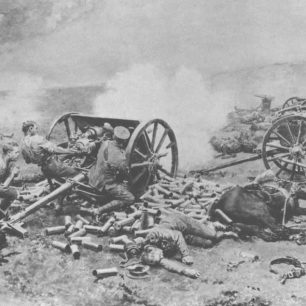
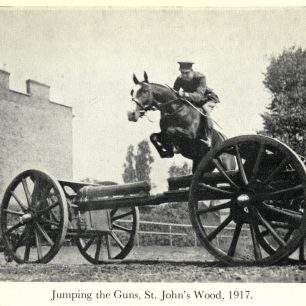
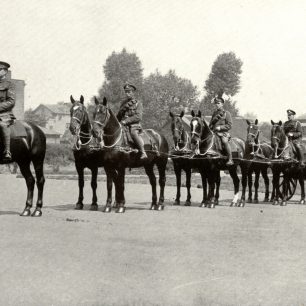
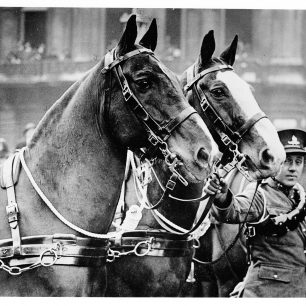
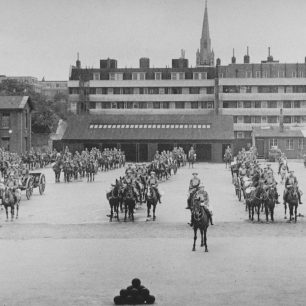



Comments about this page
The horse ‘Othello’ next to ‘Jones’, was he one of the 6 black horses who pulled the carriage of the Unknown Warrior to Westminster Abbey? Do you know the names of those 6 horses (one of which, I believe, was Jones)?
Kindest regards
Tim
Add a comment about this page